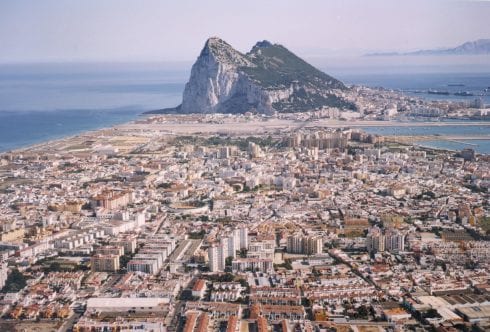AN underwater tunnel between Spain and Morocco is reported to be one step closer to fruition after a firm was selected to conduct a feasibility study.
German underground boring specialists Herrenknecht, who specialise in tunneling using the largest drilling machines in the world, have been awarded the €300,000 contract through their Spanish subsidiary, according to reports in Morocco.
Herrenknecht boasts a track record of prestigious tunnelling projects, including Gotthard Base Tunnel in Switzerland, which is the world’s longest and deepest railway tunnel at 57 km long.
The German specialists also constructed the new Thames Tideway Tunnel, also known as London’s ‘super sewer’, and Qatar’s metro system in Doha built ahead of the 2022 World Cup.

They will be tasked with investigating whether the proposed €7 billion tunnel, which could run 300 metres deep underground between Tarifa and Tangier, is really a feasible engineering feat.
The plans, which would surpass the length of both the Channel Tunnel and Japan’s Seikan Tunnel, have already seen combined investments of €104 million from Spain and Morocco since initial studies began.
An additional €2 million in EU recovery funds has been allocated to update technical studies and digitise plans for the mega-project, which could take over 20 years.
Ambitious estimates predict that 13 million passengers could cross between Morocco and Spain each year on the train, which would involve a double-rail track and an additional service line stretching 38.5 kilometres .
The Spanish government-owned company Secegsa has recently contracted four seismographs, for a cool €480,000, to evaluate seismic risks in collaboration with the US Geological Survey.

The project envisions two railway tunnels that would connect Spain’s rail network to Morocco’s, though significant infrastructure upgrades would be needed on the Spanish side.
Secegsa’s executive president Jose Luis Goberna Caride has already said that while preliminary studies may cost up to €1 billion, this investment is crucial for accurate cost and timeline projections for the final build.
The project, first conceived in 1979 following a meeting between Spain’s King Juan Carlos I and Morocco’s Hassan II, has seen periods of both progress and stagnation, often reflecting the state of Spanish-Moroccan relations.
If completed, the tunnel would create the first fixed link between Europe and Africa, potentially transforming trade routes between the two continents and marking one of the most significant engineering achievements in modern history.









